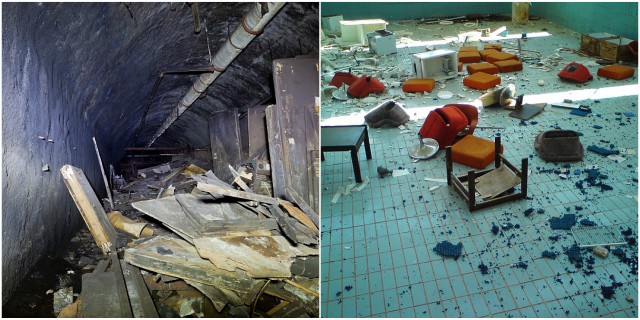Not all places that were abandoned are restored and given a second chance. Many of them are left to decay long after they have been deserted, never to restored to their former glory.
Here are some places that are not widely known about outside the urban exploration community. They remain a hidden mystery within many communities, waiting to be discovered.
Haludovo Palace Hotel, Croatia
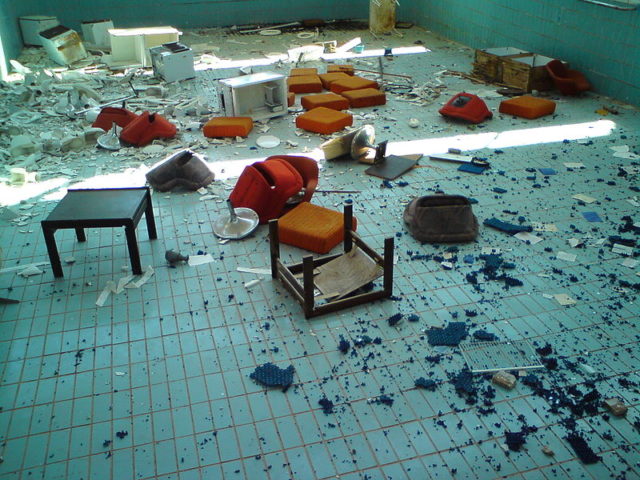
Nobody will be checking into this resort located on the Croatian island of Krk anytime soon. The hotel is permanently closed.
This luxurious hotel, named for a nearby beach, was a hot spot for the rich and famous because it was so much cheaper than many of the other resorts across Europe. It was launched by Bob Guccione, the founder of Penthouse Magazine, in 1972 in close proximity to a casino.
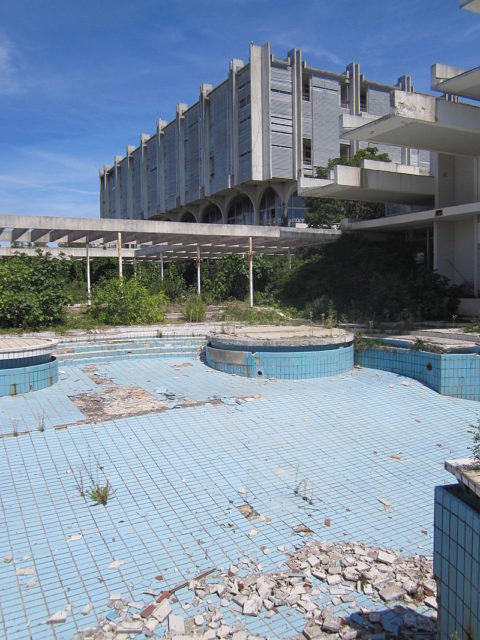
The Palace hotel was a great place for Europeans to party and indulge in a long night of drinking. However, when the war broke out, the hotel was deserted. Now what was once a hotspot for tourists has been completely abandoned and the interiors destroyed.
Sillamäe, Estonia
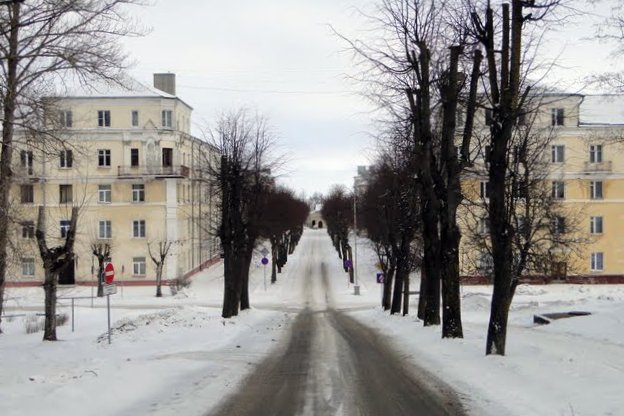
The town of Sillamäe is not completely abandoned yet but is slowly moving in that direction. The town’s environment is extremely toxic, which makes it highly dangerous for inhabitants.
The town was built under the Soviet Union when Stalin was seeking uranium to use as a fuel for nuclear reactors. This was Sillamäe’s main source of income until the fall of USSR. After Estonia reclaimed its independence, there was a massive decline in local industry as a result of the uranium plant’s closure and widespread unemployment amongst its inhabitants.
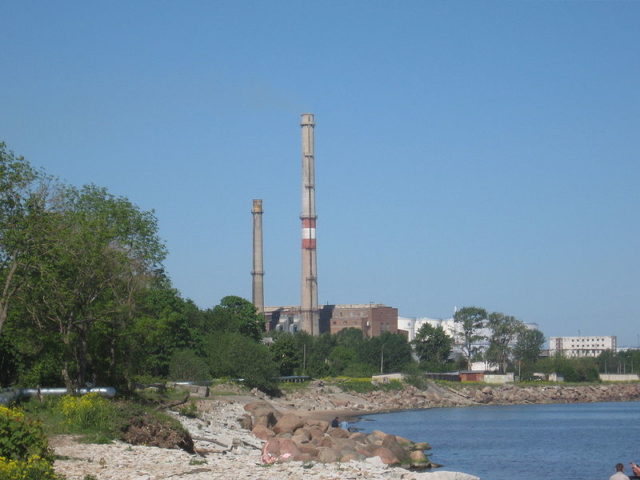
Sillamäe also became the world’s leading producer of the rare metals tantalum and niobium. But today, pretty much every photo you see of Sillamäe will show you that there is barely anyone who lives there anymore.
Many historians consider that Sillamäe has the best preserved Stalinist architecture, and during its city’s heyday, it was a very nice place to live in. From afar, the town truly looks like a model city, just that there is barely anyone in it.
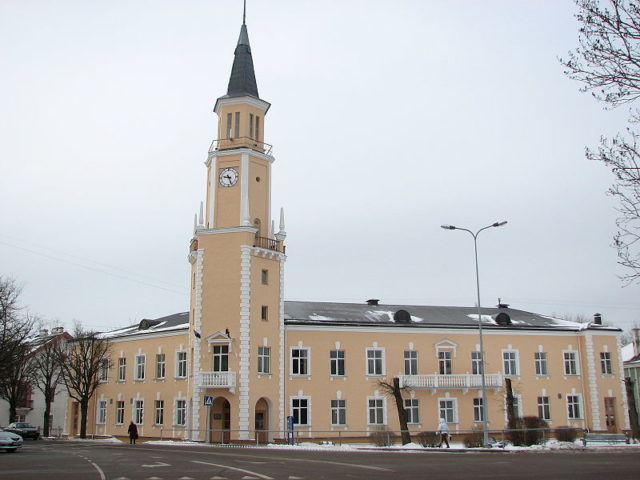
Eighty-five percent of the inhabitants were Russian, and the town itself was established for the Soviets to control the surrounding economic areas.
A625 Road
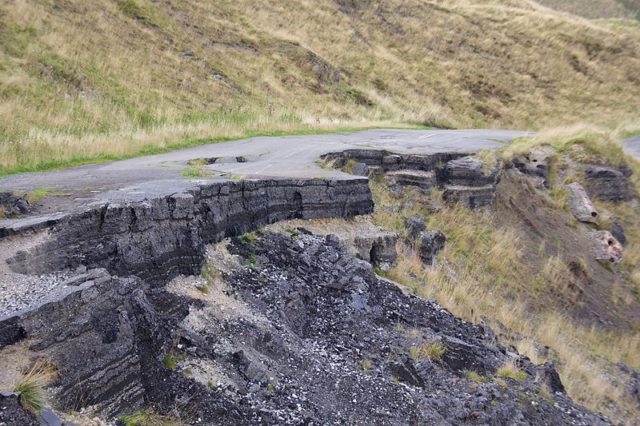
This road was constructed around 1819, as an important link between cities during the industrial age in the UK. It runs between Derbyshire and the Peak District in northern England. The road provided a connection between Derbyshire and the rest of the country, which was particularly important because of a large number of coal mines in the area.
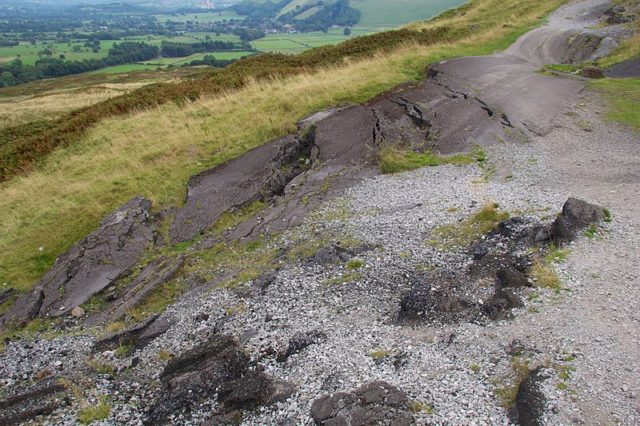
So what would cause the abandonment of such a useful road in the country? In the end, it all came down to geology, and it really didn’t matter how important the road was. Massive landslides destroyed a good portion of the road, which was built on an unstable sedimentary rock that ultimately couldn’t withstand the pressure of traffic on the road.
Today, the road is filled with cracks and holes and is not recommended for use.
Željava Underground Air Base
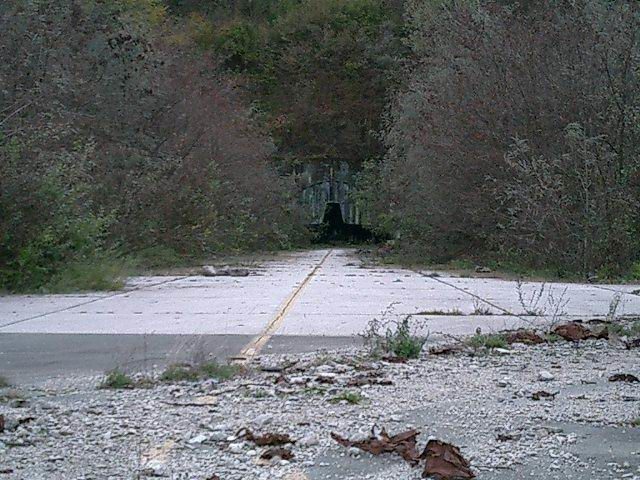
This formerly secret air force base operated under the Yugoslavian Government and is located between the Bosnian and Croatian border. It is also one of the largest underground bases in Europe that we know of.
Construction on this massive project began in 1948 and continued until 1968, reportedly costing $6 billion, which makes this underground air base one of the most expensive in the world. The base was built to be strong enough to withstand a 20 kiloton nuclear bomb, deploy radar detection systems, and as a secret underground storage facility for planes, tanks, bombs, etc.
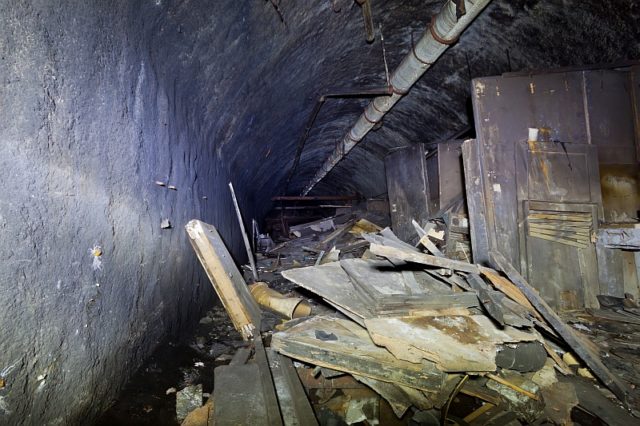
This was used extensively in the early 1990s during the Yugoslav Wars. However, it was also eventually discovered and bombed. The base was abandoned at the end of the war, but not by everyone. The tunnel systems were used by drug smugglers and organ traffickers to move cargo between Bosnia and Serbia.
Anyone foolhardy enough to urbex in this base should be careful–the base is still littered with unexploded landmines.
